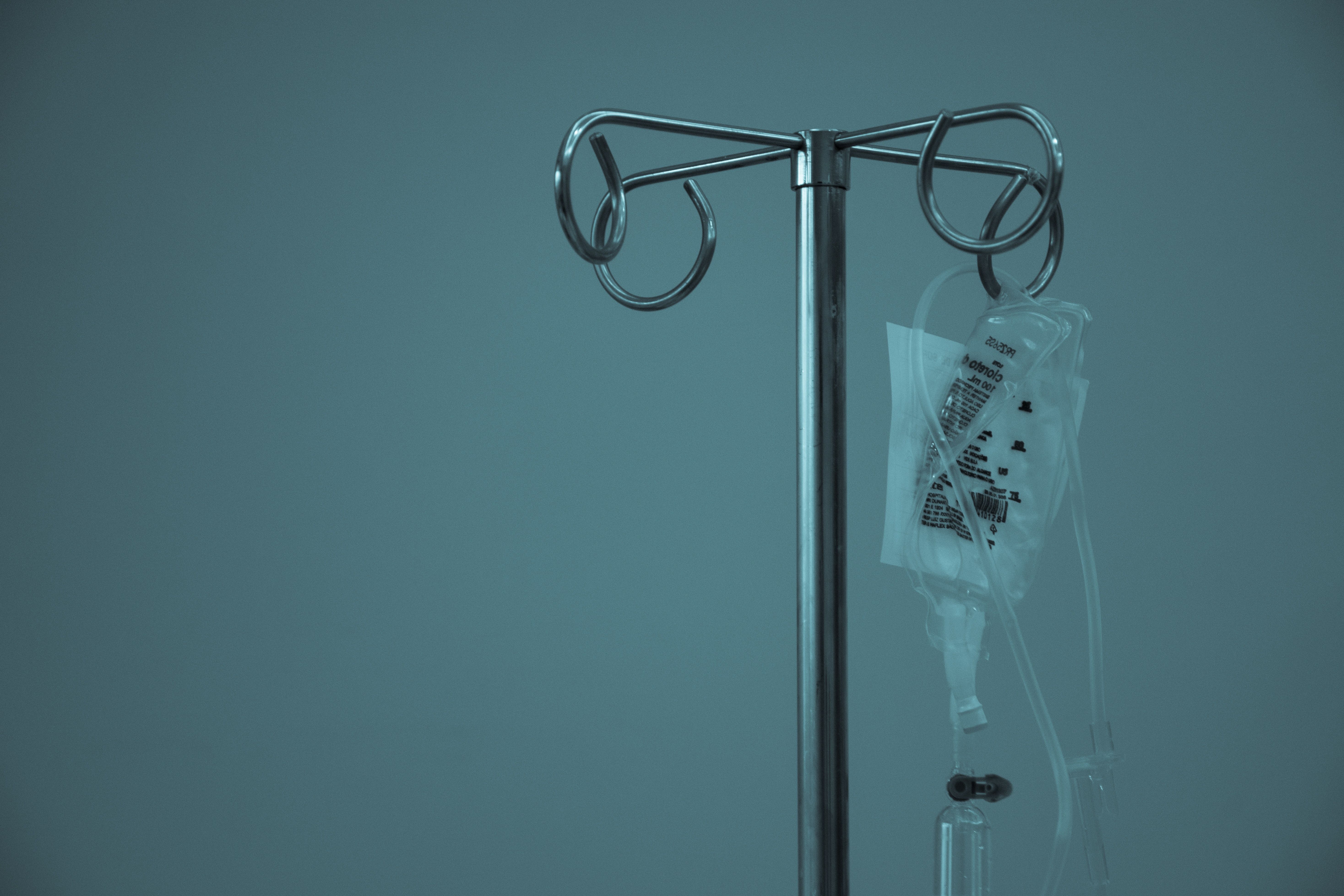Monoclonal Antibodies Effective Against COVID-19 in Native American Patients
No ICU admissions or deaths were reported among Native American patients treated with monoclonal antibodies for COVID-19 in a recent study.

Use of monoclonal antibodies to treat COVID-19 among Native American patients was associated with improved outcomes, including no incidences of ICU admission or death, a new study found.
The study, detailed in a research letter published inJAMA Network Open, included 481 Native American patients who tested positive for COVID-19 between Dec. 1, 2020, and Feb. 3, 2021, at the Whiteriver Service Unit (WRSU), on the Fort Apache Indian Reservation in eastern Arizona.
“To our knowledge, this study is the first to report mAb use for Native American individuals and is among the few studies to report a significantly lower proportion of deaths among patients receiving mAbs,” the study authors, led by Ryan M. Close, MD, MPH, of Whiteriver Indian Hospital wrote in the research letter.
Patients in the treatment group had fewer hospitalizations than those who didn’t receive treatment (35 [17.4%] vs 120 [42.9%]), and had no ICU admissions (0 vs 12 [4.3%]), or deaths (0 vs 8 [2.9%]). Those in the treatment group also had a lower proportion of acute medical visits (59 [29.4%] vs 136 [48.6%]) and fewer transfers to outside facilities (4 [2%] vs 26 [9.3%]).
Those included in the study met the high-risk criteria under the Emergency Use Authorization for treatment of COVID-19 with monoclonal antibodies (mAbs) bamlanivimab or a combination of casirivimab and imdevimab based on risk factors for severe COVID-19 such as higher BMI. Of the 481 patients, 201 (41.8%) received mAb treatment and 280 did not.
The median time between COVID-19 test collection and treatment was 23 hours, and 90.5% of patients in the treatment group received treatment within 72 hours. The median time between symptom onset and treatment was 2 days, with 75.8% receiving treatment within 3 days of symptom onset.
“The WRSU decreased the time to treatment by integrating contact tracing, clinical outreach, in-house molecular testing, and a unified public health and hospital system that streamlined information exchange,” the authors wrote. “This approach may not be generalizable but is a model for other centralized health systems.”
Patients in the treatment group were older, with a mean age of 50 compared with 43 among those who didn’t receive treatment. Patients in the treatment group also had more risk factors for severe disease, with 56.7% having two or more risk factors compared with 44.6% of those who didn’t receive treatment.
Limitations of the study include the possibility of misclassification since it was a retrospective study. Some patients were excluded from treatment based on symptom severity.
The Food and Drug Administration recently revised the emergency use authorization for bamlanivimab and etesevimab to include an emergency use as post-exposure prevention of COVID-19 in people age 12 and older who are at high risk for severe disease.
A study presented at the Conference on Retroviruses and Opportunistic Infection (CROI) virtual sessions in March found that bamlanivimab was effective at treating COVID-19 among residents and nursing staff at assisted living facilities. That study showed a 72% reduction in the incidence of COVID-19 and an 80% reduction of progression in the virus.
